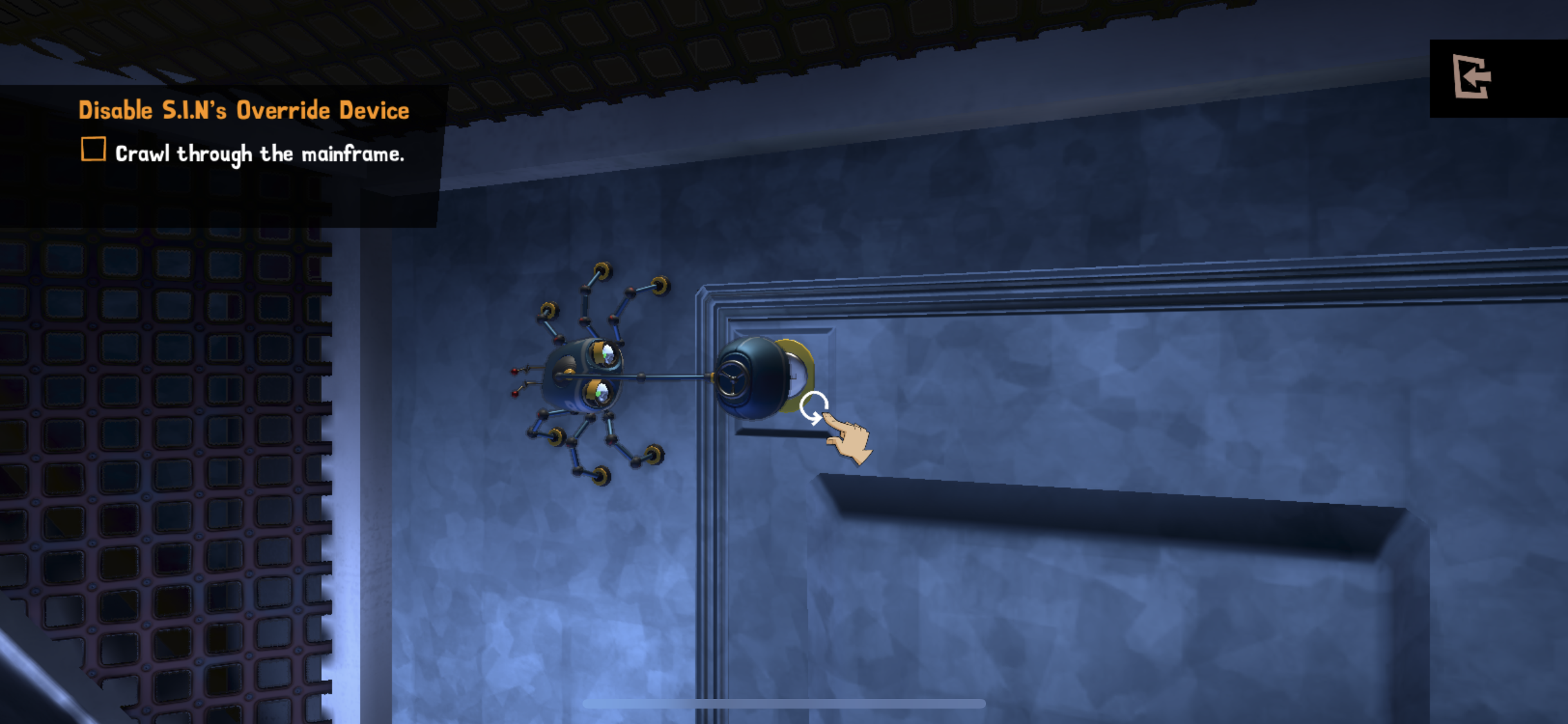Sumo Digital has a pretty impressive pedigree in terms of the sheer volume and scope of the games they’ve made – to say nothing of the studios they’ve acquired and the publishers they’ve worked for. Going from the Forza series to games like Everybody’s Gone to the Rapture can feel like total tonal whiplash, but that’s the versatility of this particular studio: with over 500 people across seven studios in the UK and India, Sumo Digital can do whatever they what.
In this case, “whatever they want” equates to “make an Apple Arcade exclusive stealth puzzle game where players control a sentient mechanical spider working for a British spy agency during the Cold War.”
I want to start off by saying: Spyder looks great. The game, which released on March 20, is fully rendered and runs at a consistent 60fps on both the iPhone and the iPad. I have experienced basically no audio or visual performance issues at all. Mechanically, I’m enjoying the pure puzzle and interactive elements. But the area I’m having a major problem with at the moment is with the camera. It’s atrocious. You feel like it’s arm wrestling you all the time. I get the aesthetic the game was trying to go for; if you’ve seen Ant-Man or any other movie where the camera floats through extremely small spaces, you’ll recognize that technique here. The problem lies in the fact that at no point can the player control the camera for more than a second or two at a time, and with every step Spyder takes, control returns to the game itself.

The camera problem leads to a larger issue: movement is hampered by the constant change in perspective. Walking in a straight line is fine, and there are moments when everything lines up perfectly to create a really fun experience, but in the first three levels of the game, I found it exceedingly difficult to play using touch controls and only slightly less so using a controller. It’s a shame, because Spyder can go basically anywhere. There are some surfaces they can’t climb, but they move just like a spider does and it’s neat.
I’ll likely play some more just to see if maybe I get used to the camera and the movement. But I dunno, it feels like maybe they sacrificed ease of use for aesthetic, and in this case that play didn’t pan out.
One other thing came to mind as I was playing: what’s the deal with our collective fascination with the 60s spy aesthetic? This is a game where you essentially pilot a Boston Dynamics microbot; The concerning military-industrial politics of that scenario aside, what exactly is the appeal in 2020 of setting this in the same thematic universe as, say, James Bond, Mission: Impossible, or Team Fortress 2?





